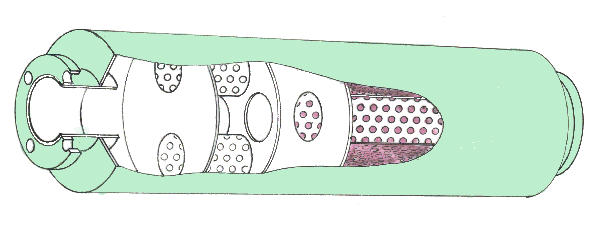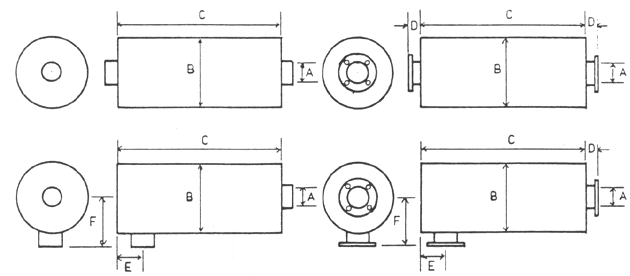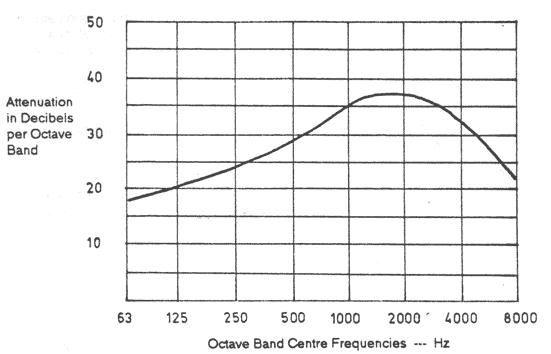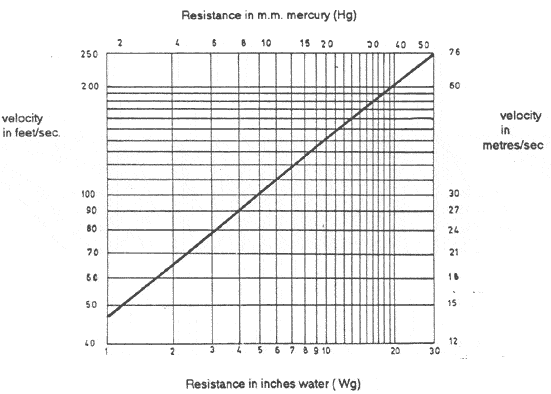
SN114 "Residential" Type Silencer
SN 112 << Back to Silencers >>SN 115
If you have any questions relating to this or any of our products, please do not hesitate to contact us.
General
Specification
These silencers incorporate an expansion and multi pass section to attenuate the lower frequency sounds and a sound absorption section to attenuate the higher frequency sounds.
Construction
A cylindrical steel body with all welded seams. End plates for sizes 25mm - 76mm nominal bore (1" - 3") from heavy steel pressings and for larger sizes manufactured from flat plate.
End Connectors
Unless otherwise specified, screwed BSP connectors will be supplied on 25mm - 76mm (1" -3") silencers and flanges to BS10 (Table D) on all larger sizes. Flanges to ASA, 4504, DIN or other standards can be supplied on special quotation.
Side Entry Silencers
If these are required, please specify SN114 (SE) when ordering.

| Nominal Bore (A) | Diameter (B) | Length (C) | (D) | (E) | (F) | Approx. weight Kilos |
| 25 (1") | 121 (4¾") | 470 (18½") | 38 | 3 | ||
| 32 (1¼") | 121 (4¾") | 470 (18½") | 38 | 3 | ||
| 38 (1½") | 121 (4¾") | 470 (18½") | 50 | 98 | 3 | |
| 50 (2") | 140 (5½") | 635 (25") | 50 | 121 | 5 | |
| 64 (2½") | 178 (7") | 749 (29½ | 50 | 140 | 7 | |
| 76 (3") | 203 (8") | 876 (34½ | 63 | 152 | 14 | |
| 89 (3½") | 254 (10") | 914 (36") | 50 | 75 | 190 | 28 |
| 100 (4") | 279 (11") | 1054 (41½") | 50 | 75 | 216 | 34 |
| 125 (5") | 356 (14") | 1054 (41½") | 50 | 83 | 254 | 54 |
| 150 (6") | 406 (16") | 1219 (48") | 76 | 95 | 279 | 73 |
| 200 (8") | 508 (20") | 1676 (66") | 76 | 127 | 356 | 152 |
| 250 (10") | 610 (24") | 2134 (84") | 76 | 152 | 406 | 245 |
| 300 (12") | 762 (30") | 2743 (108") | 102 | 203 | 533 | 363 |
Note: (i) Dimensions
in millimetres.
(ii) B.S.P. Drain plug at inlet end is available as an optional
extra.
Typical Noise Attenuation Graph

The above graph is based on simplified theoretical considerations and extrapolated from various noise tests. The actual noise reduction obtained on any particular installation will depend upon the power and type of the noise source, the local environment and the selection of the correct size of silencer for that engine.
Velocity / Resistance Graph

This graph is based on simplified theoretical considerations and is issued as a guide. The actual resistance experienced will depend on a number of factors affecting the individual installation.
If you have any questions relating to this or any of our products, please do not hesitate to contact us.